Mecha BREAK is Amazing Seasun games’ answer to the problem mecha fans—including its development team—have grappled with for decades: there simply aren’t many competitive mecha games that deliver a sense of speed, power fantasy, and mechanized violence to a satisfying degree. If anything can be said about Mecha BREAK, it’s that the game ticks all three boxes with extreme prejudice. Aside from Armored Core by which Mecha BREAK is heavily influenced, the most popular mecha games are also limited by how preexisting franchise mecha must be adapted to fill a gameplay role. With a distinctly hero shooter-feeling collection of Strikers, Mecha BREAK benefits from its freedom to tailor each design to a specific, unique playstyle suitable for equally specific tastes.
That hero shooter feel also carries over to Mecha BREAK‘s overall live service structure: a battle pass, daily sign-in bonuses yielding currency for purchasing new Strikers, challenges to pursue, and a dizzying amount of cosmetics to unlock. It currently offers three modes: 3v3, casual or ranked 6v6, and its capstone 30-player extraction shooter mode, Mashmak. Ahead of Mecha BREAK‘s open beta, Game Rant visited Amazing Seasun Games to experience each of these facets, and while there are some concerns about its currency system and stat-altering mods, Mecha BREAK‘s moment-to-moment gameplay is the high-octane spectacle of skyscraper-sized robotic chaos that genre fans have been waiting for.
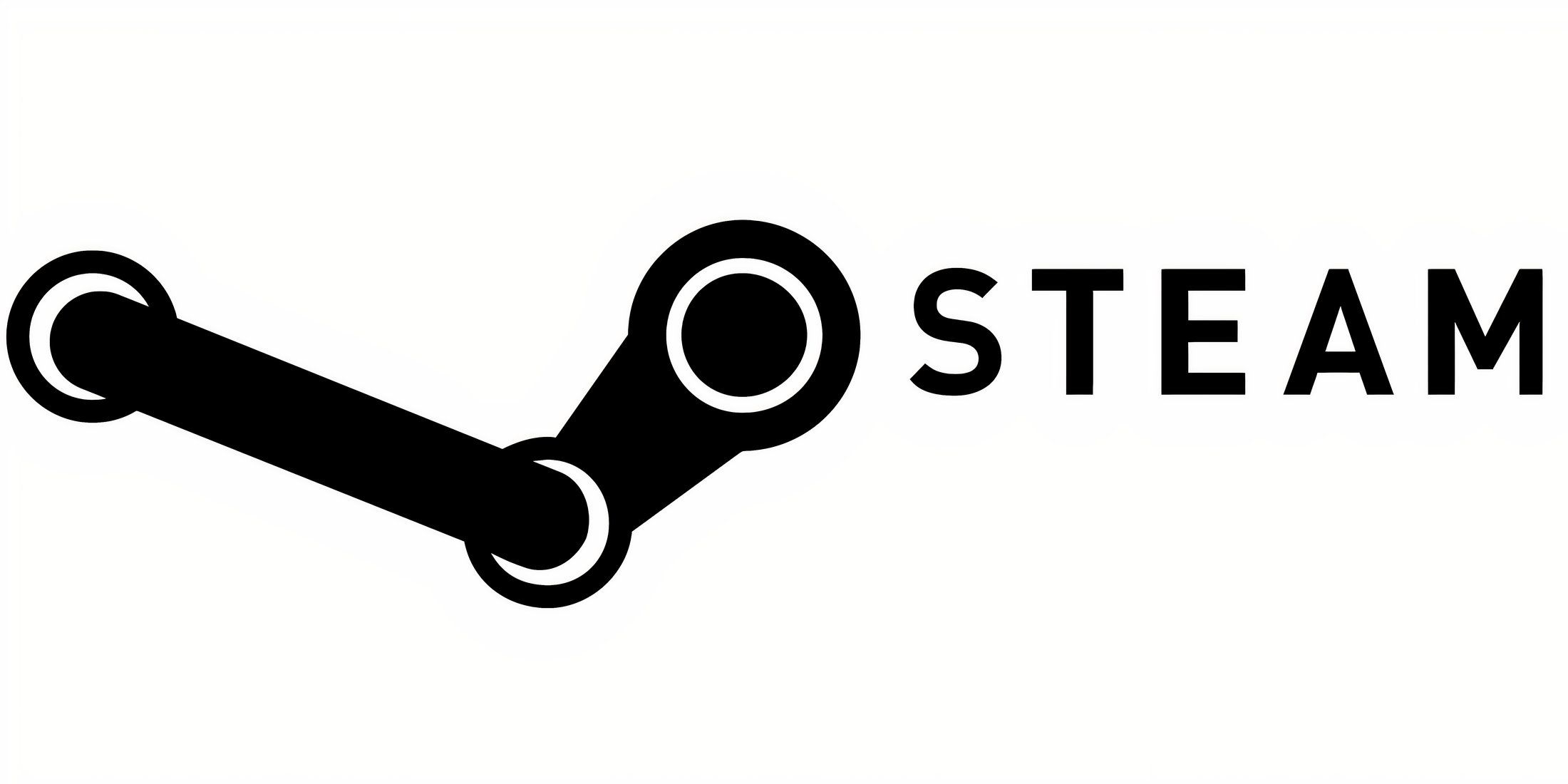
Related
New Demo on Steam Has Incredible Player Count Numbers
A new shooter demo on Steam draws in massive concurrent player numbers that put it briefly near the top of the Steam charts.
Mecha BREAK’s Gameplay Is Pure Chaos
Unbound by the laws of physics or constraints like franchise lore accuracy, Mecha BREAK‘s combat is blazing fast, with the gigantic Strikers boosting, dashing, and soaring at speeds one would normally expect from a Dragon Ball fighting game. Each mech is designed with a combination of specialties: a heavy sniper that can hover above the battlefield, a light attacker that transforms into a fighter jet, a heavy brawler armed with a massive melee energy weapon, and an ultra-heavy attacker that transforms into a devastating stationary weapons emplacement. Each has a useful role in team play, and the mixture of ground, air, ranged, and melee combat ensures that no Striker is best in every situation.
In such a fast-paced game with lasers, missiles, and artillery, melee Strikers are still a menace; they’re quite capable of boosting into the air and swatting down a Falcon in jet mode with a well-timed swing. Being struck by melee attacks briefly stuns a Striker, which makes close-quarters fighting a cinematic dance of towering robots boosting in every direction to find an opening. On the other hand, Strikers armed with shields can parry melee attacks, leaving their opponent vulnerable to a follow-up.
Every Mecha BREAK Striker Has a Clear Role
While the offensive and defensive Strikers cover the full spectrum of combat playstyles, Mecha BREAK‘s support Strikers particularly stood out. Our favorite Striker of the day was the light support Striker, Luminae. Luminae can launch up to two drones to each friendly Striker that will heal them over time and Luminae can project a healing aura for nearby allies. Meanwhile, Luminae can switch to attack mode at will, transforming these abilities into offensive variants. By strategically switching between both modes, we were able to turn the tide in many incidents by recovering an endangered teammate before sapping the life out of their opponent.
Each Striker seemed to gravitate naturally to a suitable role: the heavy sniper Aquila hovers in the distance taking potshots, Tricera guards a key objective in its fortified stationary mode, the brawler Welkin applies pressure with a relentless melee assault, while the agile Falcon zips by delivering a deadly volley of missiles on strafing runs. While some Strikers were subjectively more interesting than others according to our playstyle preferences, none felt particularly out of balance, with Mecha BREAK‘s Strikers having clear strengths and weaknesses. All participants agreed that a skilled Aquila sniper can be a diabolical presence, but Aquila is still extremely vulnerable to direct pressure due to limited close-range capabilities.
Mecha BREAK’s Customization Is a Game on Its Own
The mecha genre has a decades-long tradition of delivering extreme customizability dating back to tabletop games like BattleTech, and Mecha BREAK is no different. Similar to Armored Core‘s paint system, Strikers can be meticulously painted, all the way down to individual segments on either held weapon. For less artistically inclined players, full palettes can also be applied. There are hundreds of color options, each with varying degrees of wear, gloss, and saturation. While many colors are available by default, others are acquired through loot boxes or as rewards for completing specific challenges. The only missing thing is part swapping to modify Strikers further, but that may be to ensure each Striker retains a recognizable silhouette.
Mecha BREAK also features a robust character creator that allows players to modify every detail of the game’s pilot avatars. There’s body and face sculpting, an assortment of makeup options, voices, hairstyles, and a sizeable wardrobe of outfits and accessories. The pilots are more than just portraits: between matches, players can walk around their base as the pilot, and there are plans to implement a bar where players can socialize. Given mecha genre fans’ penchant for personalization, unlocking new pilot clothing or Striker paints is an attractive carrot to chase.
Mecha BREAK’s Free-to-Play Model
As a free-to-play live service game, it can’t be avoided that much of this is tied to a purchasable currency that can also be earned through gameplay. So far, the pace of earning currency didn’t feel overly punishing, but the more expensive Strikers won’t come overnight. Thankfully, the game allows players to try every Striker in a simulation, so players know exactly what they’re in for before investing.
Regarding unlocks and currency, one potential concern is the game’s Striker mods, which alter the performance of Strikers in myriad ways. These mods have tiered rarities and can be obtained from loot boxes, which could be a slippery slope toward a feeling of pay-to-win if not handled carefully. However, each mod bears an equal drawback: one might give the Striker 3% more aerial speed, but with 3% less energy to remain airborne. A rarer variant might offer 6% more speed but at the cost of even less energy. In some instances, we opted not to slot a mod at all because we favored a more balanced performance from that component. So long as mods carry drawbacks in this manner, the system shouldn’t be too disruptive to the overall game balance; like the specialized Strikers, players enjoy a strength at the cost of a weakness.
Mecha BREAK‘s three game modes bring surprisingly diverse gameplay options. 6v6 is its chief competitive format with team deathmatch, free-for-all, and objective-based matches. In one map, we needed to capture and defend a vehicle on rails as it traveled toward our team’s victory point. In another, we were tasked with capturing and holding points around the map to score points. These objective-based modes are where the arsenal of Strikers truly shines, encouraging players to coordinate their roles to secure and defend objectives.
Mashmak is Mecha BREAK‘s PvPvE extraction shooter mode, and it’s a wildly different experience. 10 squads of three players are dropped into a massive 16x16km map—large enough that it takes 10 full minutes for Falcon to fly from end to end—to defeat NPC bosses, acquire loot, and reach an extraction point. The map is dotted with NPC bases filled with small-fry enemies that are satisfying to dispatch en masse, and multi-phase bosses overseeing these bases are the primary source of loot. There’s also a time pressure element: a deadly storm moves about the map, and begins expanding gradually after 15 minutes. By the 30-minute mark, the storm will envelope 90% of the map. Compared to the enclosing Fortnite-style circle, this storm presents more unique challenges: it may move between the squad and its chosen extraction point, calling for a change of plans if they can’t make it to extraction before the point expires.
It’s quite a change of pace since the map’s enormous size allows for stealth and ambush tactics against preoccupied players, and the gunfire might attract other squads looking to join the fray. In this mode, players can also airdrop supplies including ammo, additional weaponry—important for support players with limited offensive capabilities—and respawns for downed teammates. Less mobile Strikers might wish to order a handy glider to keep up with more agile teammates. In the meantime, Mashmak pits players against some truly huge world bosses like a Titan Striker that dwarfs the players’ own Strikers, or Constantine, a heavily-armed battleship. Loot from this mode is an excellent source of mods, paints, and currency, serving as a core progression path rather than a gimmicky distraction.
So far, Mecha BREAK is one of the most promising PvP mecha games the genre has hosted in years. As long as it balances its freemium approach in a player-friendly manner, its frantic gameplay, diverse arsenal, and variety of game modes should easily satisfy hungry mecha fans.
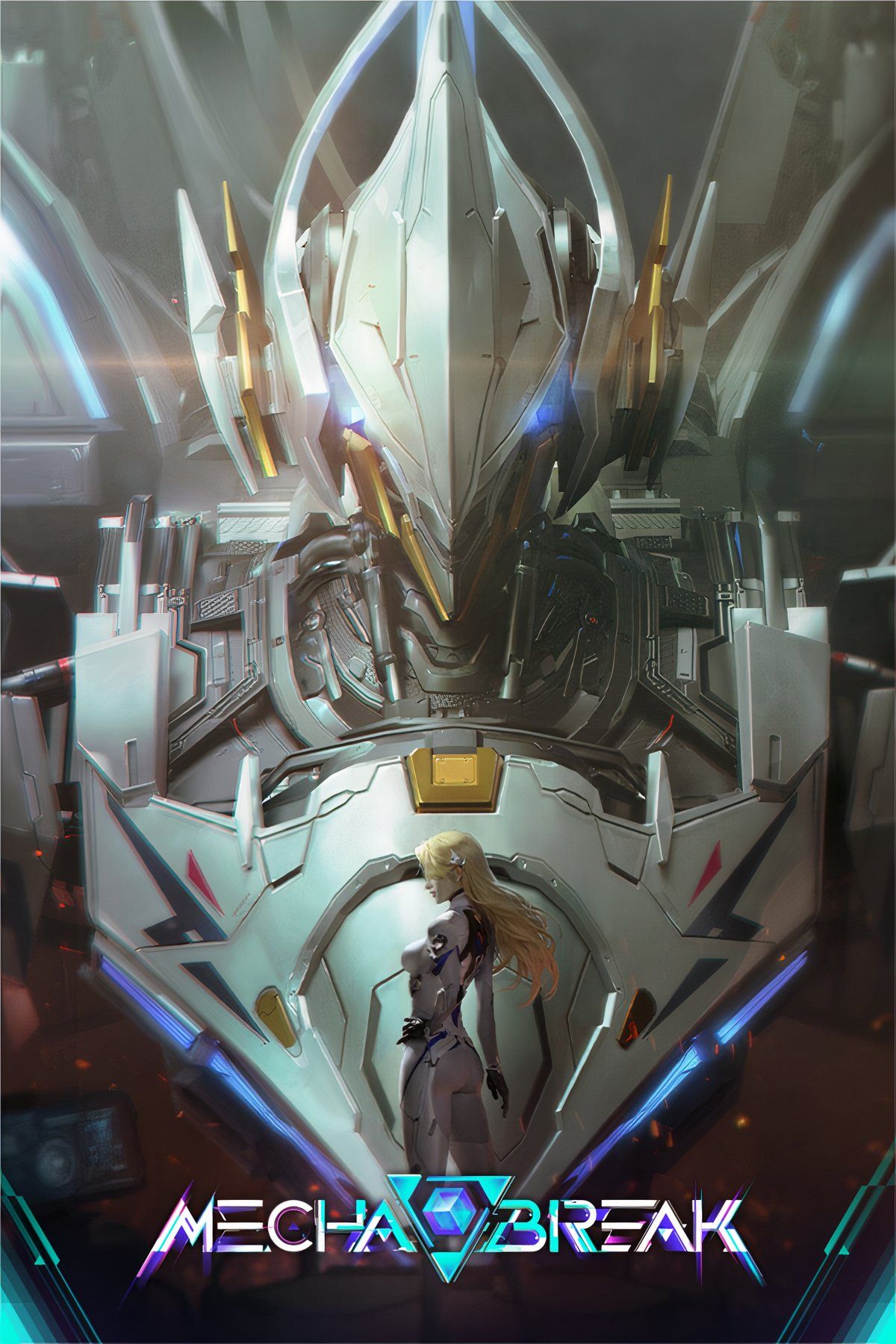
- Released
-
2025
- Developer(s)
-
Amazing Seasun
- Publisher(s)
-
Amazing Seasun
The Mecha BREAK open beta is now available on PC and Xbox Series X|S.
Game Rant was provided travel and lodging for the purposes of this preview.
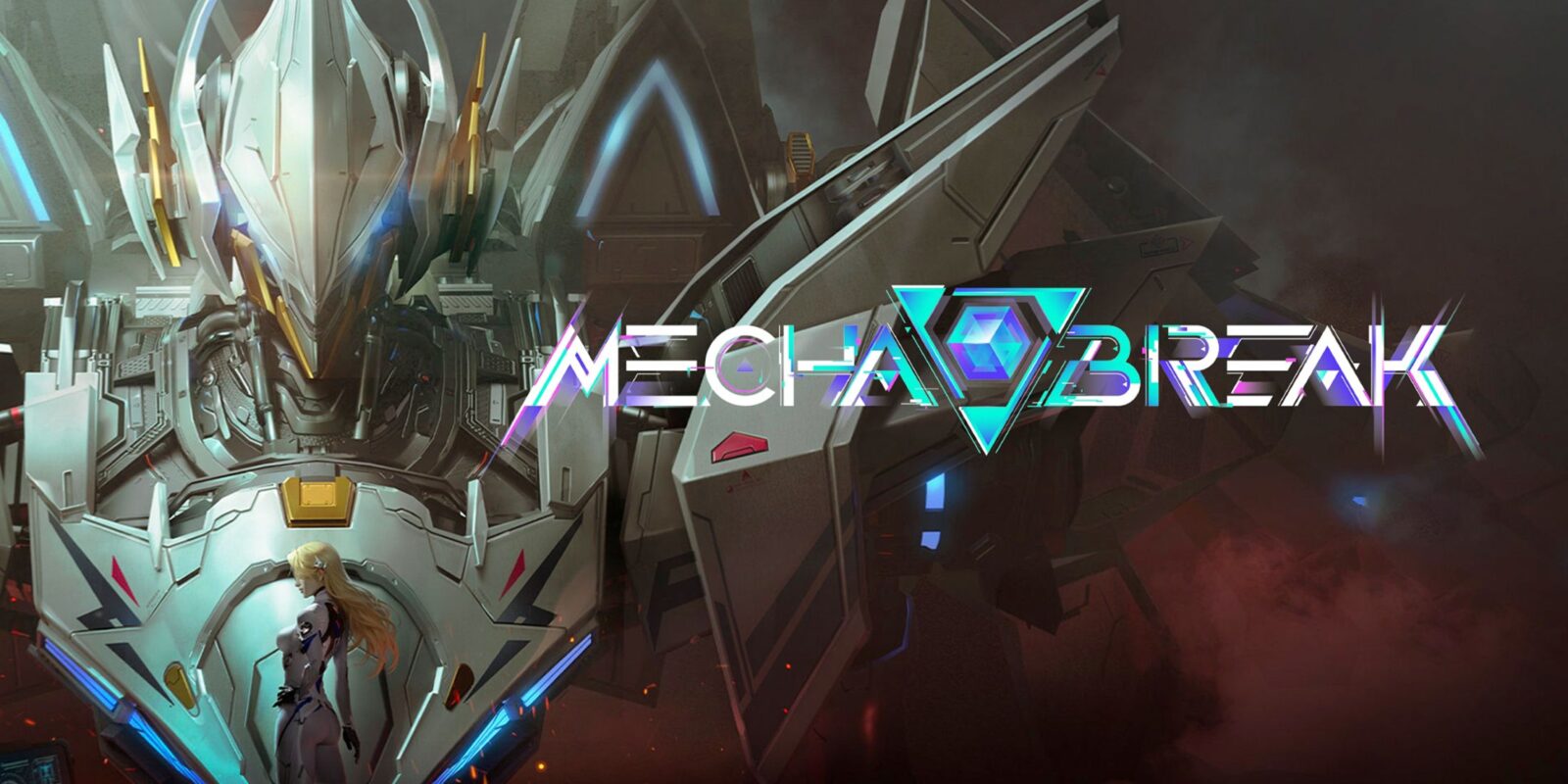


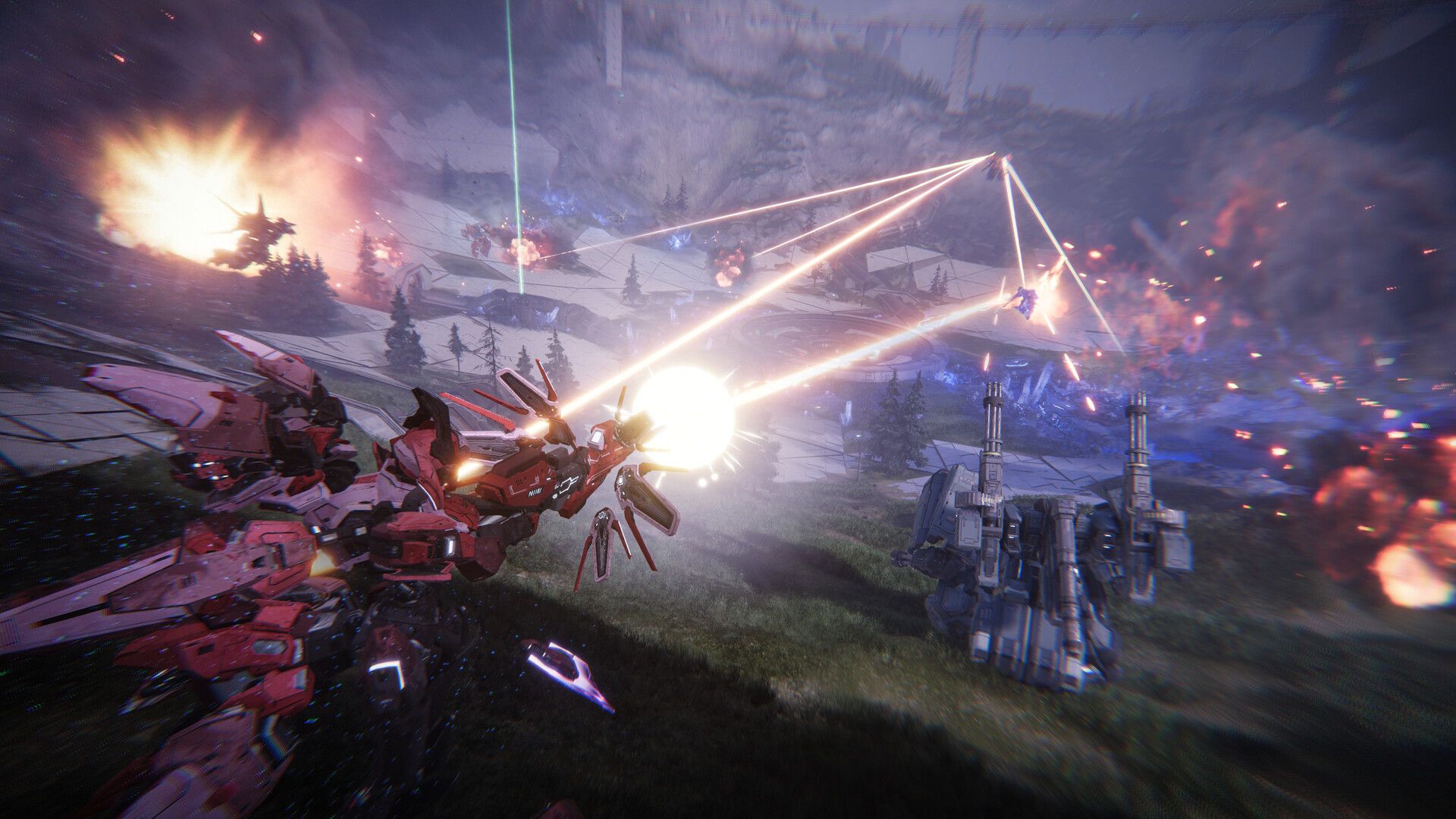




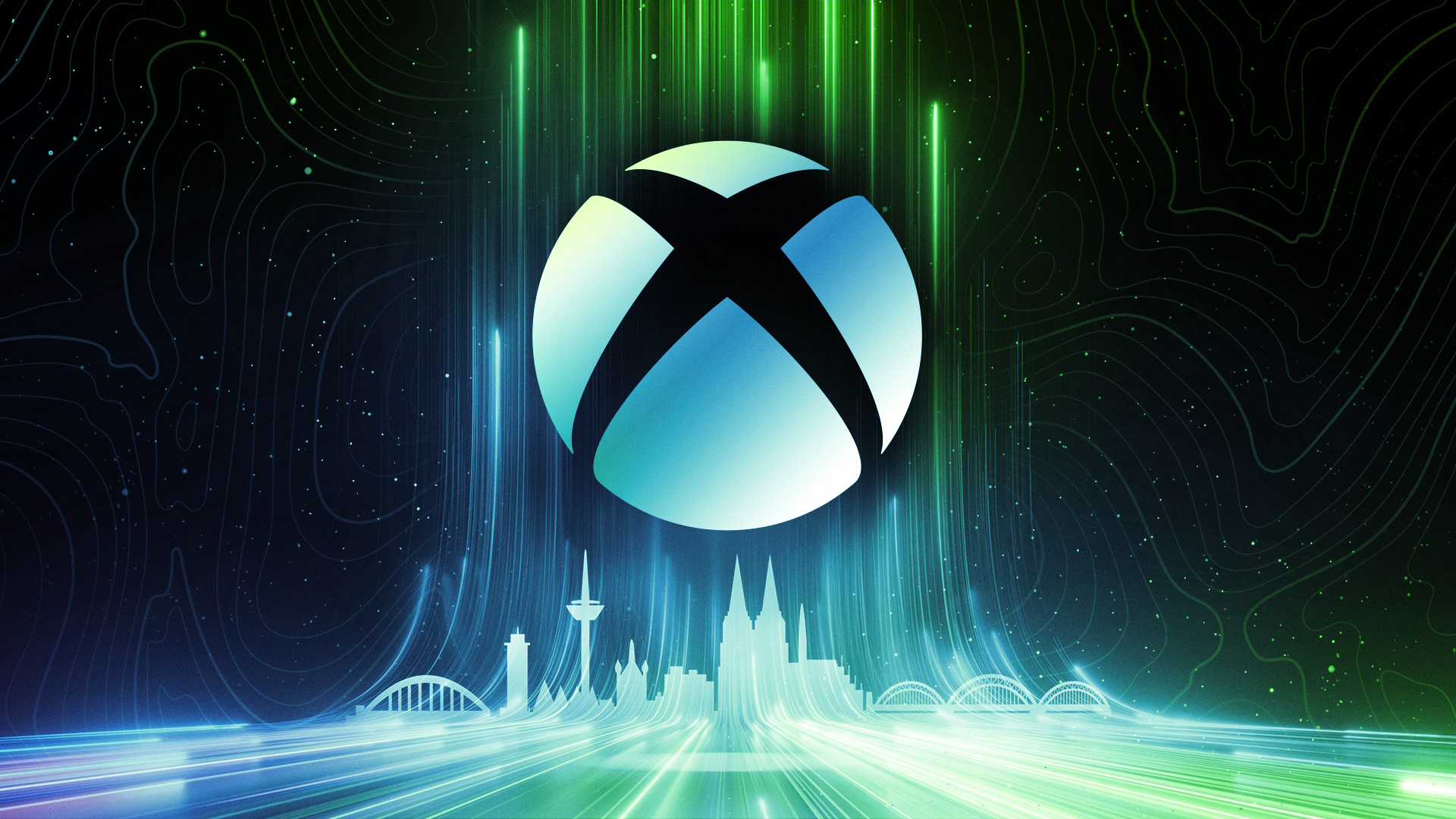




Leave a Reply